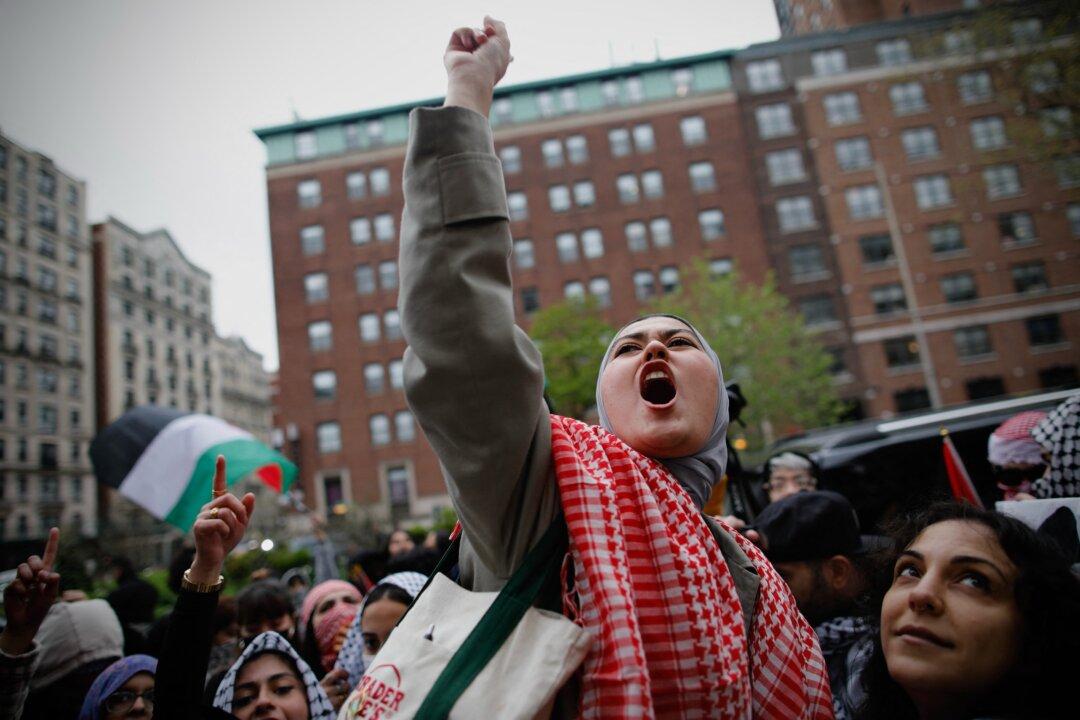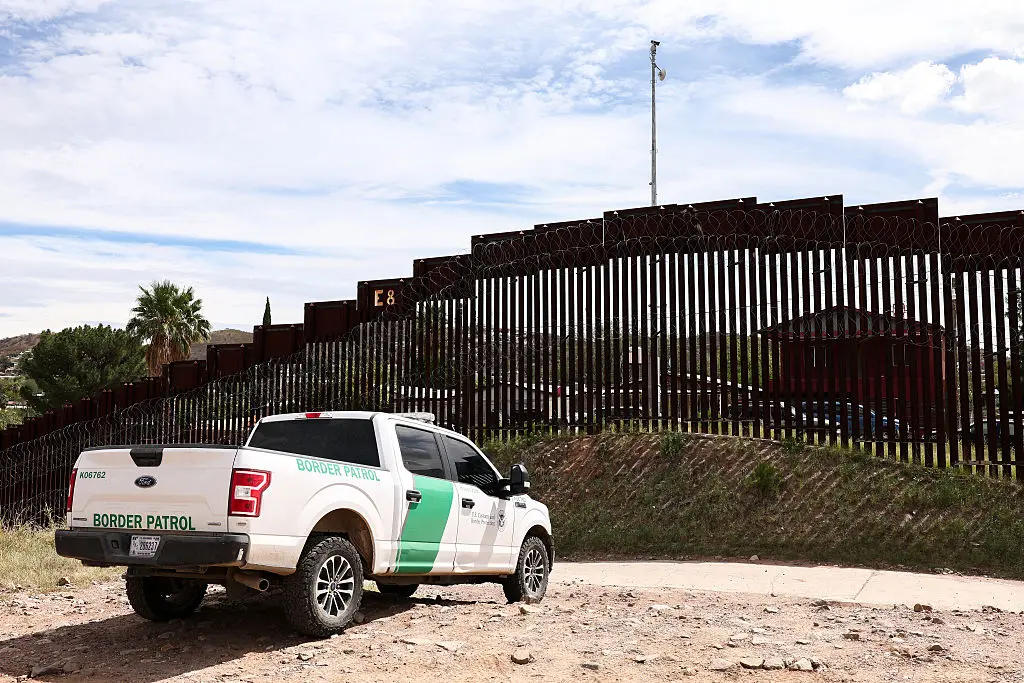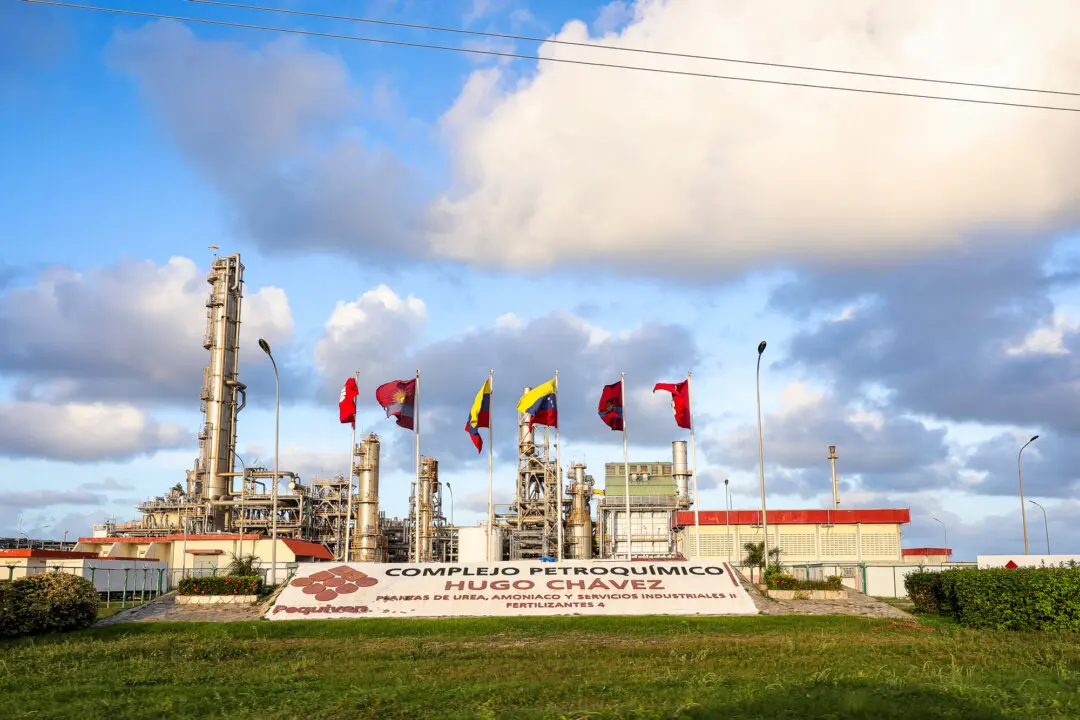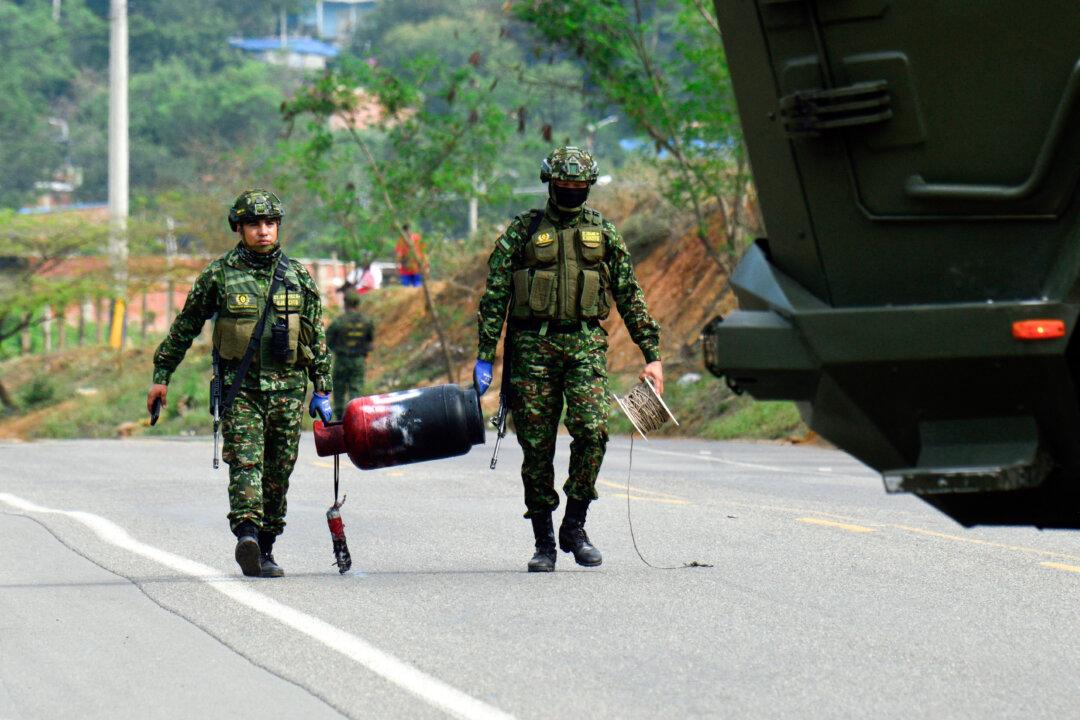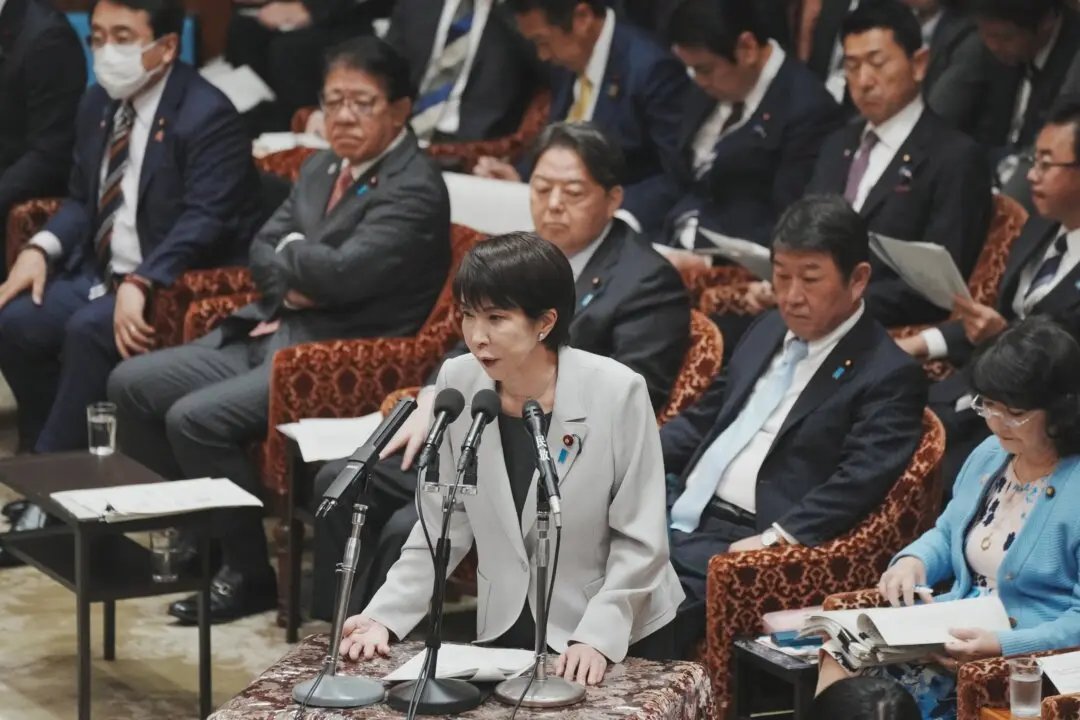Commentary
The militant anti-Israel protests in and around Columbia University are fueling violent and anti-Semitic rhetoric, which protesters sometimes put into action, including assaults on a pro-Israel activist and Jewish student, spitting at a Jewish student, and the theft of an Israeli flag.
